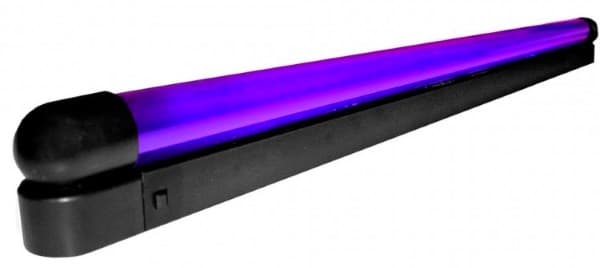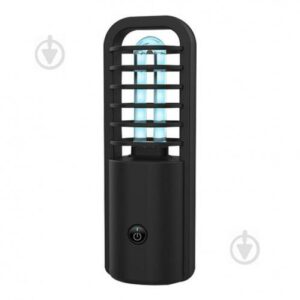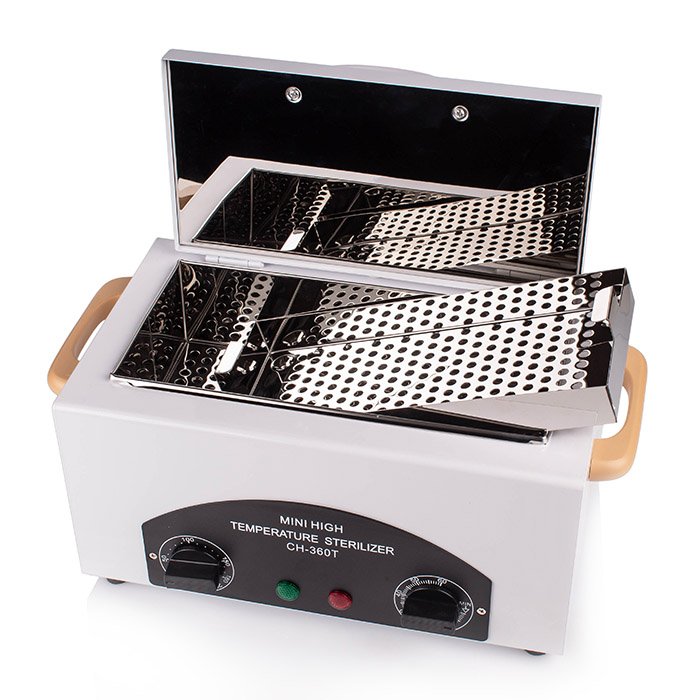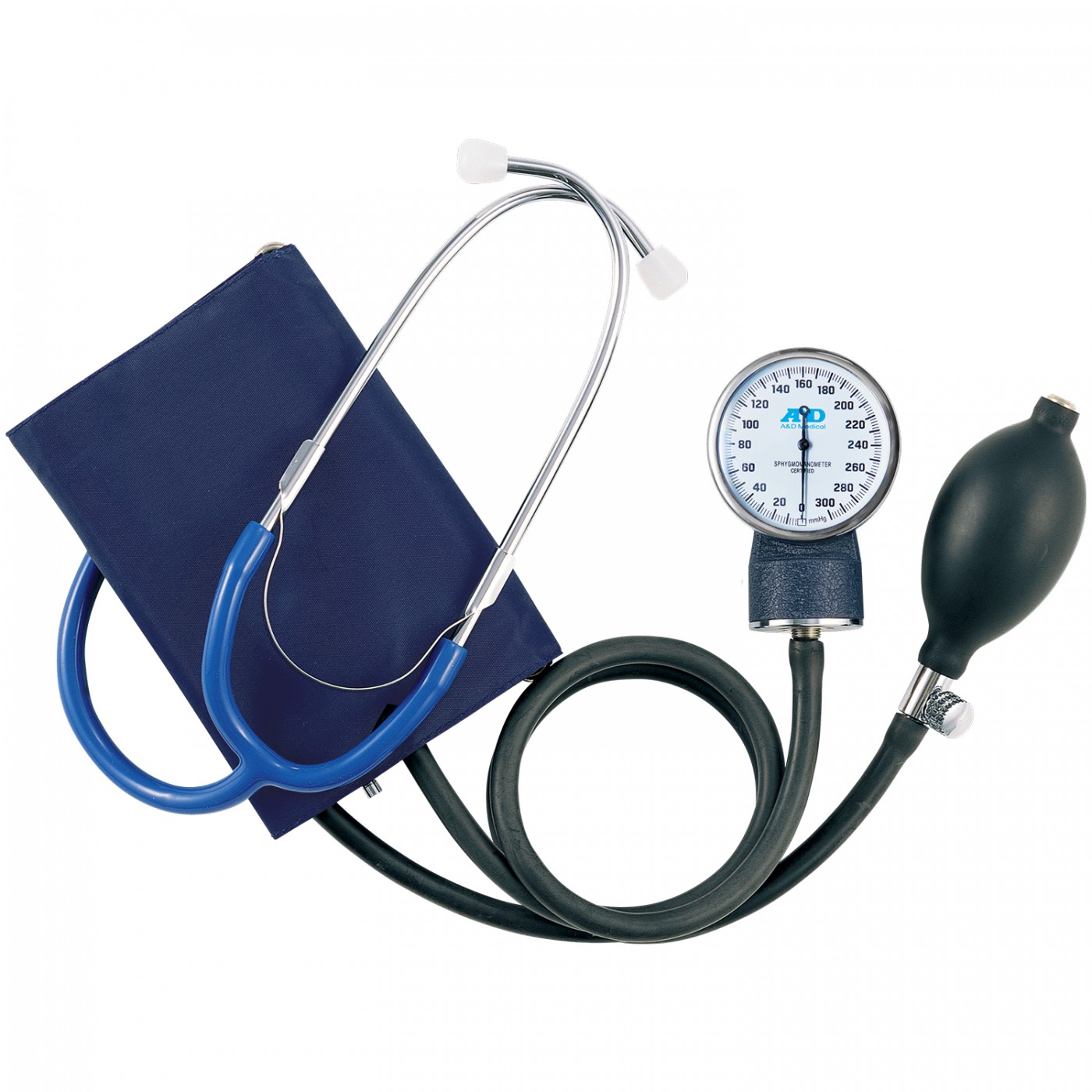Ultraviolet lamp: what is it used for?

cv-svet.com.ua
A UV lamp is a device with amazing properties, as it gives a glow at ultra-low waves. They are not noticed by a person with ordinary vision. The devices are used not only in industry, but also in home use.
And in our article we will tell you about the benefits and harms of ultraviolet lamps, what they are intended for, their properties and characteristics, and much more. Let's begin!
The content of the article
Properties of UV lamp
We will not separately analyze the mechanism of the influence of waves on the environment and other laws of physics. Therefore, we will consider three ultraviolet ranges at once. They have different properties, and the benefits of the UV lamp may vary.
- Category A. Radiation in this range ranges from 400–320 nm. It has a second name – “long-wave”. The harm of an ultraviolet lamp is minimal, since the degree of penetration into living tissue is extremely low. With moderate use, you may even experience benefits. It works great to strengthen the immune system and activates the production of vitamin D. It is under such rays that we sunbathe on the beaches.
What does an ultraviolet lamp do in case of an overdose? Remember the situation when you found yourself on the beach and “burned out”. Sound familiar? But it can be much worse if you “sunbathed” under such a light bulb for a couple of hours more, and even without sunglasses. Corneal burns and blisters are guaranteed.
All of the above directly applies to living organisms: from plants to animals. With slight exposure to rays, grass grows and living creatures become active. As soon as the dose is increased, it can reach a scorched field.
- Category B. Medium radius ultraviolet 320–280 nm. Radiation can penetrate into the deepest tissue particles. Even with DNA changes. A minimal dose of UV can cause burns to the skin and external organs. The UV lamp also has a serious effect on vegetation; the radiation is extremely harmful for it.
- Category C. A UV lamp of this category does more harm than good. The shortest wavelength range with a length of about 280 to 100 nm. Even in minimal amounts, a person can develop a skin mutation and sometimes cancer. Waves are not able to penetrate deeply into living tissue, so they cause irreparable consequences immediately upon contact: from burns to complete tissue destruction.
An additional danger factor lies when exposed to atmospheric oxygen. As a result of a chemical reaction, triatomic oxygen is created - a very strong pathogen and poison of the first category for all living things.
As you can see, different waves have radically opposite effects on our body and the biosphere as a whole. What is an ultraviolet lamp used for and why is it so popular - read right now.
What lamps emit ultraviolet light and where are they used?
Why an ultraviolet lamp is used and which areas simply cannot live without it - it all depends on the category of UV radiation and its wavelength.
Physiotherapy
Long wavelength lamps have a positive effect on skin restoration, therefore they are actively used when using medications and as an independent procedure. Also, the UV lamp actively resists jaundice, which affects young children.
Insect bait
Insecticidal lamps are used to kill flying insects. They are based on ultraviolet light. The glow actively attracts the insect, and when it approaches, it is killed by an electric discharge. For a person, tension does not cause any harm, so there is no need to fear for your life.
Disinfection
Short wave irradiation allows you to purify water from bacteria and microbes. Special lamps are produced for this purpose. They are installed in drinking filters or aquariums. Irradiation significantly slows down the reproduction of harmful living creatures. The radiation spectrum does not pose any threat to animals or humans.
Plant growth accelerator
Ultraviolet light has a positive effect on the process of photosynthesis and the treatment of plant diseases. The flora is saturated with additional vitamins, and growth time is reduced. This is why UV lamps are actively used in greenhouses.
Restoration work
Antique paintings are difficult to restore without the proper equipment. One such tool is ultraviolet. It reveals to restorers all the worn-out areas of the design, allowing them to see the paint and the lost ornament. Also, such restoration is useful when the artist is inaccurate or has done incorrect work before.
In the laboratory
Laboratory studies of materials (their composition) cannot be done without a fluorescent lamp.Irradiation allows you to see phosphors, which are illuminated when exposed to a lamp.
Fake tan
The key part of a solarium is the lamp. The tanning effect is no different from what we perceive under the scorching sun. Solarium lamps are some of the most expensive. They heat up to such an extent that the largest flasks and additional ventilation systems are used for installation.
Forensics
When illuminated by ultraviolet light, you can see fingerprints or rubbed blood stains. This is used when examining a crime scene or forensic examination.
Checking the authenticity of banknotes
UV light is one of the highest quality ways to check money. During the production process, the paper is bleached - an active phosphor is obtained. When irradiated by a lamp, the bill is illuminated in blue. However, real money is not made from paper, but from cellulose and fabric (so it doesn't deteriorate in the washing machine). And a counterfeiter can be easily recognized by paper money.
Terrariums
To warm up the blood of amphibians, a regular battery will not work. Lizards or turtles simply need an ultraviolet lamp, so several lamps are placed in the boxes at the top, under the lid. If this is not done, the animal will get sick a lot. The outcome is extremely close to death.
Manicure drying
Varnishes also require heating with ultraviolet light, as they are created specifically for it. For drying, special lamps are used, packaged in a package for painted nails. When dried naturally, the varnish simply does not harden, but when exposed to UV, it polymerizes.
What is the difference between a quartz lamp and an ultraviolet lamp?

epicentrk.ua
The differences between quartz and ultraviolet lamps do not lie in the principle of operation.Both operate on the same basis, emitting a wave signal. Conclusion - both emit ultraviolet radiation.
The difference between a quartz lamp and an ultraviolet lamp is that the latter lamp does not create extremely strong UV radiation. It does not harm humans in any way and does not create a toxic space around itself, converting oxygen into ozone. Using soft UV light is much safer than quartz-based light. Even without instructions, you can use the lamp safely. Therefore, the quartz “brother” of such a device is extremely rare in household use, if it can be found anywhere at all.
Differences between quartz and ultraviolet lamps and why they cannot be confused
The main property of “hard” ultraviolet light is its effect on oxygen and the creation of triatomic oxygen. It is not only an active poison, but also interacts with any surface.
Yes, on the one hand, it can be used as an effective bactericidal substance (3 thousand times stronger than chlorine) and eliminate even the most difficult fungal deposits. On the other hand, an active competitor of “X-ray” upon contact with the human body causes irreparable consequences - from skin burns to cancer and death.
Therefore, quartz is not used in home environments. Lamps with an exceptionally soft glow are produced.
What do you know about the benefits and harms of ultraviolet lamps for humans? Can you tell us something about this or share your interesting facts? We will be happy to read all the messages in the comments under our article! Have a nice day!





